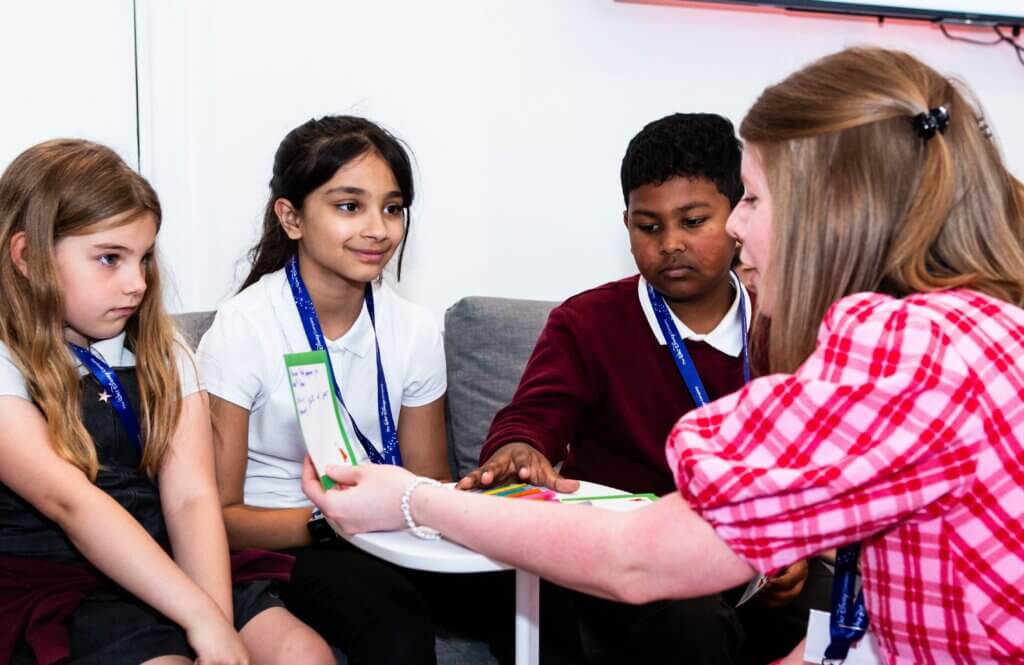Setting up a profile on a new site or game can seem like a daunting task. Profiles are needed for a variety of sites, from gaming websites and social networking sites to the sites children use for school work. There is plenty to consider, such as choosing the perfect profile picture, creating a memorable password and coming up with a username. All of this may seem even harder when trying to make a safe profile for your child.
So what is important to keep in mind when helping your child to create their first online account?
Using a family email address
Setting up a family email address can be a great way to keep track of what websites each member of your family have accounts on. This ensures that your personal email address won’t be full of spam from the service your family uses but means that you can keep an eye on the activity and notifications from each of your child’s accounts.
Username
One of the key things you need to set up a profile, especially on gaming websites, is a username. This is how people add a user as a friend, find accounts to interact with and is usually what is displayed on screen during a game or chat.
What should you keep in mind when picking the perfect username?
- Don’t use full names
It’s important to think about what personal information your child is giving away whilst setting up a profile. A lot of information can be given away in a username, especially if this includes a full name or birth year.
We recommend not to include this information and instead use a nickname, and keep any numbers in a username random. - Don’t use someone else’s name
Although, you shouldn’t use your child’s full name on a profile, we also don’t advise you to use a completely different name either. It’s best not to encourage your child to pretend to be someone else, and it’s important that their early interactions with the internet are honest and open, whilst remaining safe. - Avoid using first names
Whilst many children may think that using their first name is safe as there are so many people with that name, there are things to consider. For example unusual spellings or names could identify a person or nationality. Using a first name could also mean that a child feels a certain sense of familiarity with anyone messaging them using their name. - Ensure you know who you are accepting gaming requests from
Sometimes your child might say that they want to use their full real name so that their friends can recognise their profiles. It is worth suggesting that although their friends may not initially recognise their username they can tell them in person what their username is.
We advise young people try to only add friends who they know in the offline world to their profiles. If they are accepting requests from other plays then it is important that they do this with parental support. Talk to them about what to do if someone says something unkind or asks to meet up.
Creating a secure password
Different websites have their own criteria to making sure a password is strong. Although this may differ from site to site there are some things to consider to make sure that you help your child to create a secure and safe password:
- Make sure your password is a minimum of 10 characters
- Use both uppercase and lowercase letters throughout the password
- Use numbers as well as letters
To make sure you remember your password you can use memorable words, but make these harder to guess by using numbers instead of letter!
Examples:
- Good password; El3phant1!
This is a strong password that is also a memorable word. Due to the letters and numbers in this word it would be hard to guess.
- Bad password: Password
This was the second most commonly used password in the UK In 2016. Using a commonly used password, all in lowercase with no additional numbers makes it very easy to guess.
To young people we say that your password is just like your toothbrush; don’t share it with others and change it regularly! This advice is different to the advice given to adults about changing their passwords, because of the way that young people create, store and share their passwords.
Choosing a profile picture
If a site or game offers avatars for profile pictures then we recommend using these as they are devoid of any personal information. If your child would prefer to use their own picture, or this is the only option available, then it’s important to check that the image is not giving away personal information clues. These include:
- A house or street name in the background of the photo
- School uniform
- Awards, trophies, certificates or anything else which gives away information about them in the background of the picture
Remember you can easily zoom in on an image so be a personal information detective and check the images first for;
- What are they wearing
- Who are they with
- Where are they


